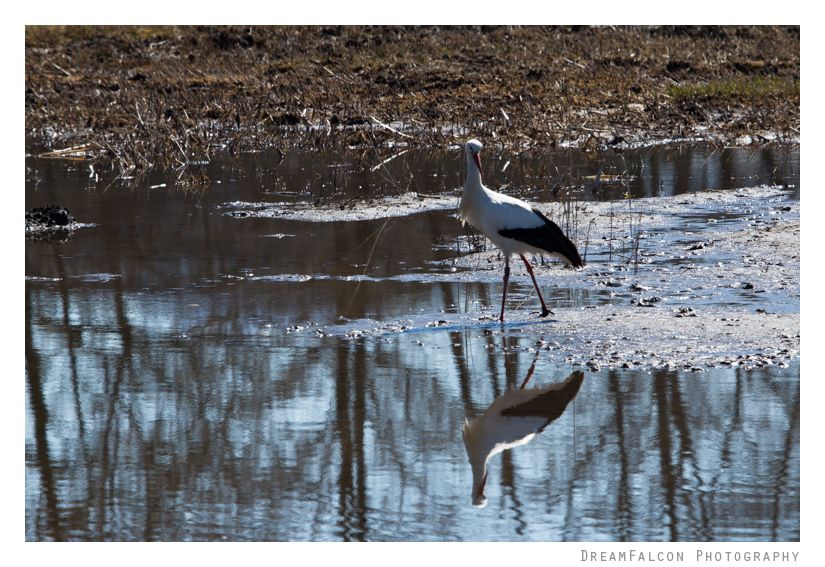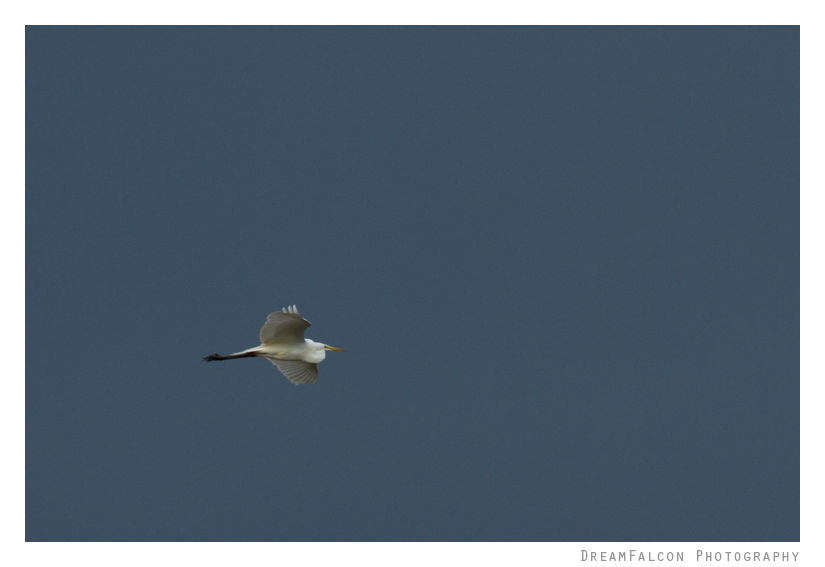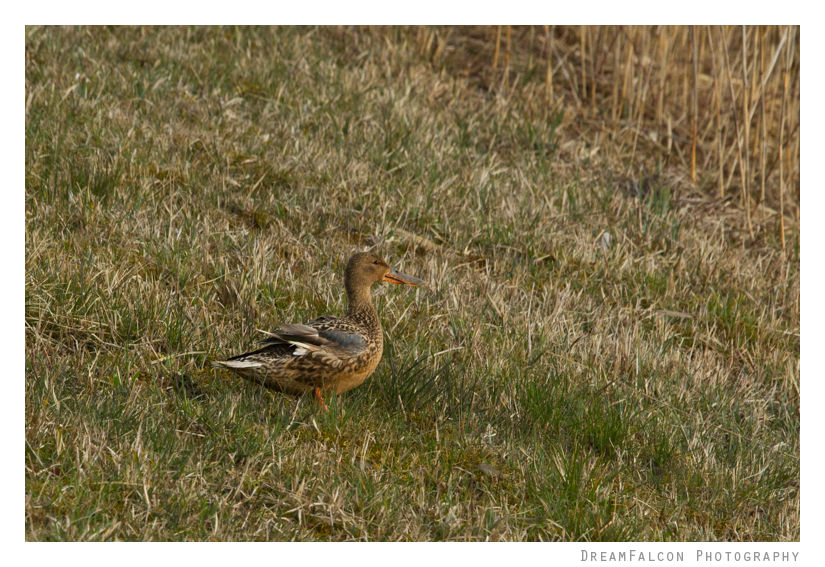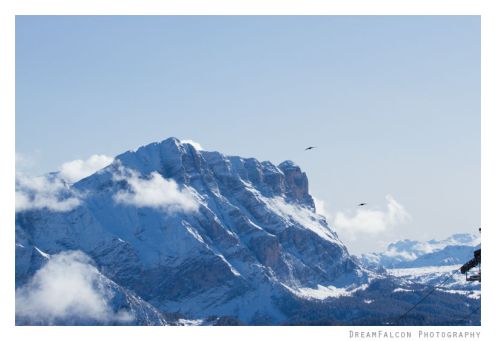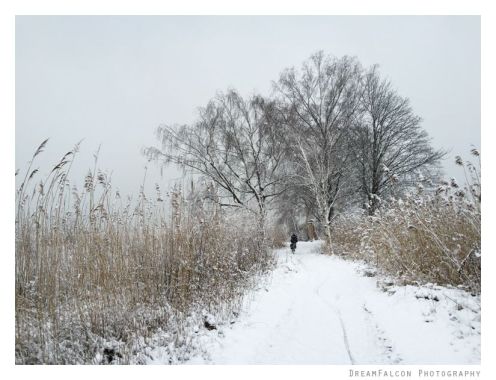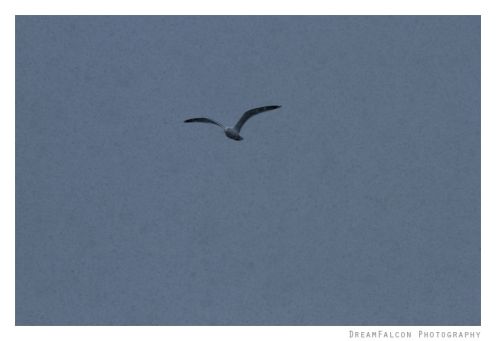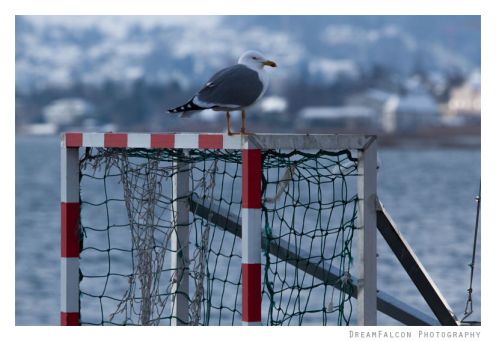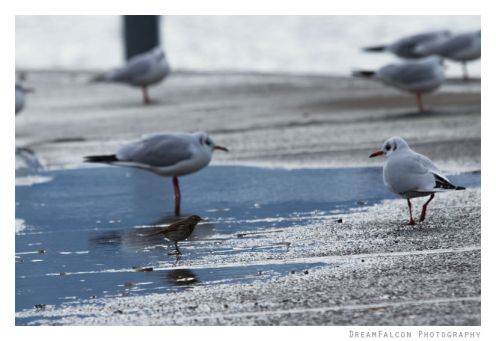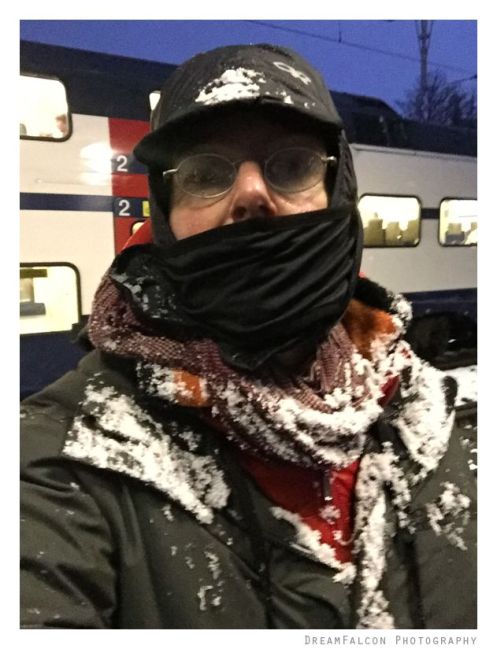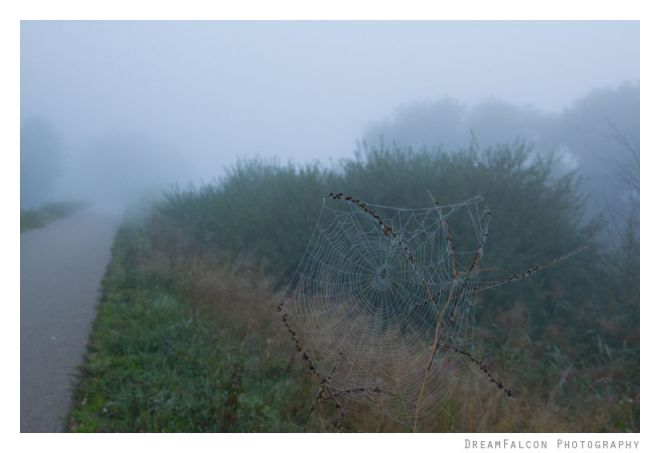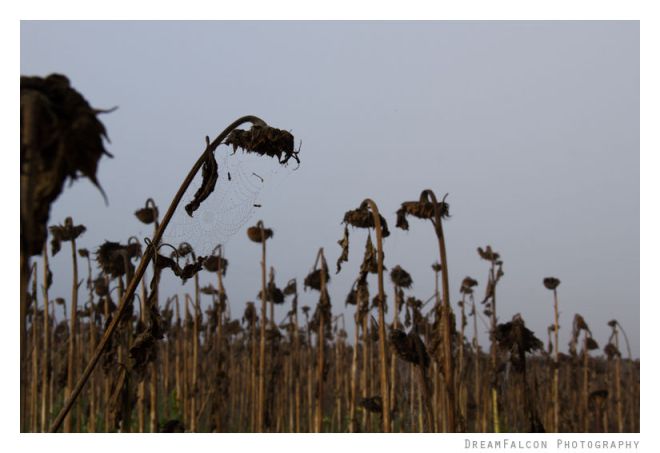There is a hike close to Lungern, Switzerland, that is called “Schmetterlingspfad” (butterfly path). We did it on the beautiful last day of June 2018. The hike was nice and it took us about double the time they suggested… There are not many seating possibilities and the downhill-parts were very hard on our untrained knees. The views and the diversity of animals and plants though were awesome.
We saw a lot of flowers, insects and a total of at least 20 butterflies. Because it was a little windy I couldn’t take photos of all of them. No photos from:
- Schwalbenschwanz (Papilio machaon) Old World Swallowtail
- Zitronenfalter (Gonepteryx rhamni) Common Brimstone
- Schachbrett (Melanargia galathea) Marbled White
- Kleiner Fuchs (Aglais urticae) Small Tortoiseshell
- Distelfalter (Vanessa cardui) Painted Lady

Kleiner Würfel-Dickkopffalter (Pyrgus malvae) Grizzled Skipper

uncertain: kleiner Mohrenfalter (Erebia melampus) Lesser Mountain Ringlet
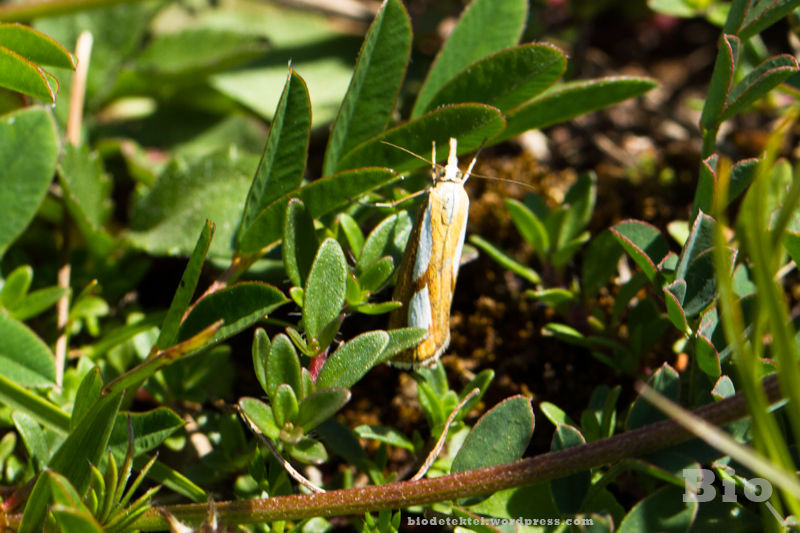
maybe Catoptria conchella
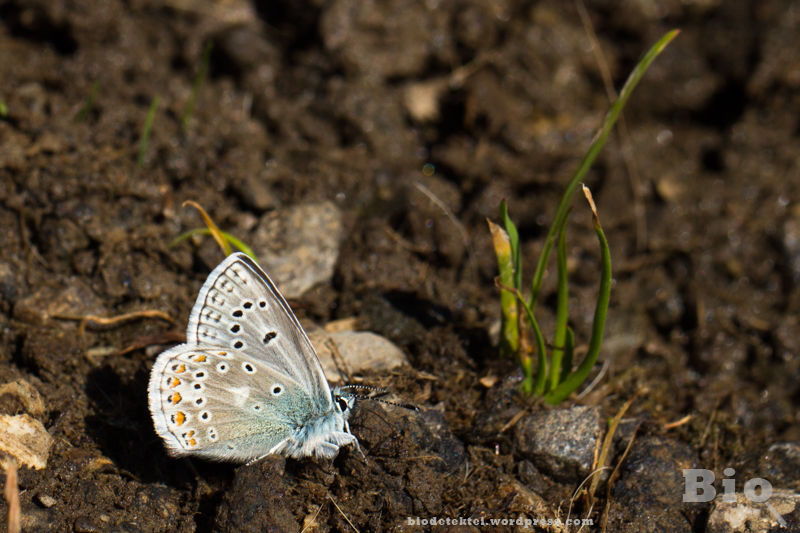
Hauhechel-Bläuling (Polyommatus icarus) Common Blue

Enzian-Art ? Gentiana ?
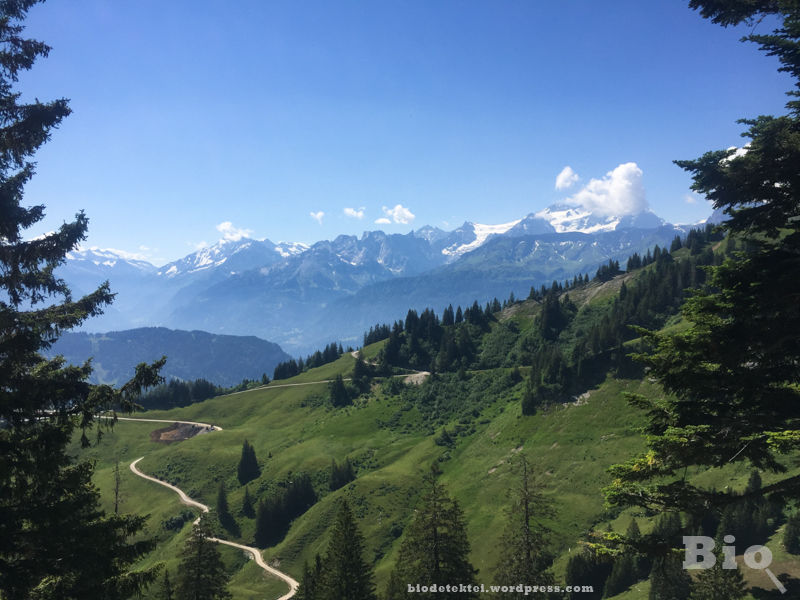
Die Berner Alpen – view into the Bernese Alps

Grüner oder Brombeer-Zipfelfalter (leider ohne Zipfel) (Callophrys rubi) auf einem Schlangen-Knöterich (Polygonum bistorta) – Green Hairstreak on a meadow bistort

Weibliche Alpine Gebirgsschrecke (Miramella Alpina) Green Mountain Grasshopper

Schnellkäfer-Art (Elateridae) Sort of a Click Beetle

Lungernsee

Weisser Germer (Veratrum album) European White Hellebore
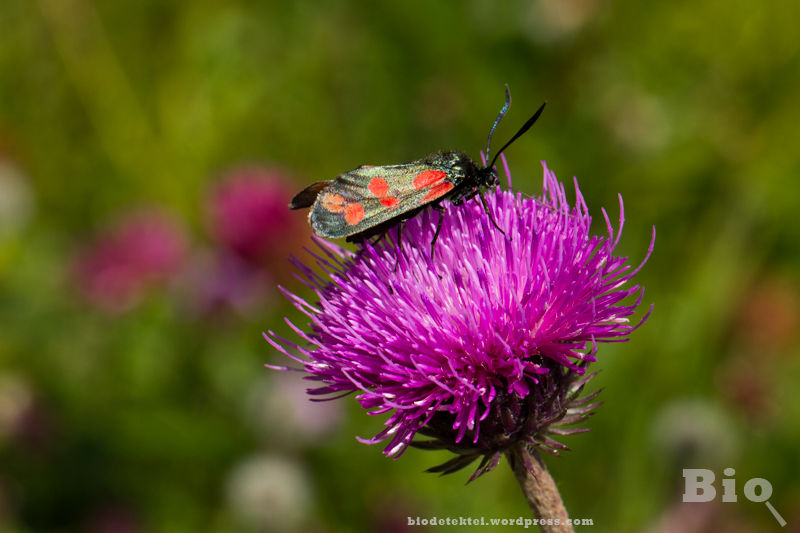
Sechsfleck-Widderchen (Zygaena filipendulae) Six Spot Burnet

Hornklee-Widderchen (Zygaena lonicerae) Narrow-Bordered Five-Spot Burnet
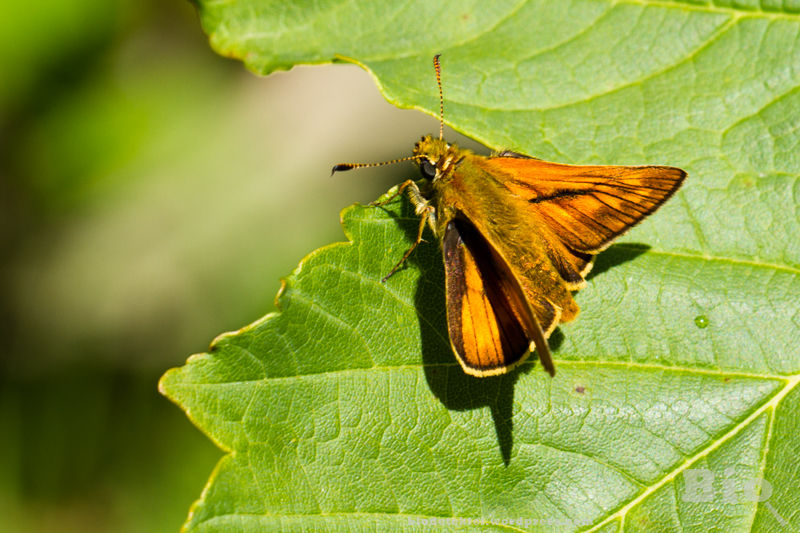
Dickkopffalter-Art (Ochlodes sylvanus) sort of Skipper

Sicht nach Nordern mit Sarnersee – View north with Lake of Sarnen
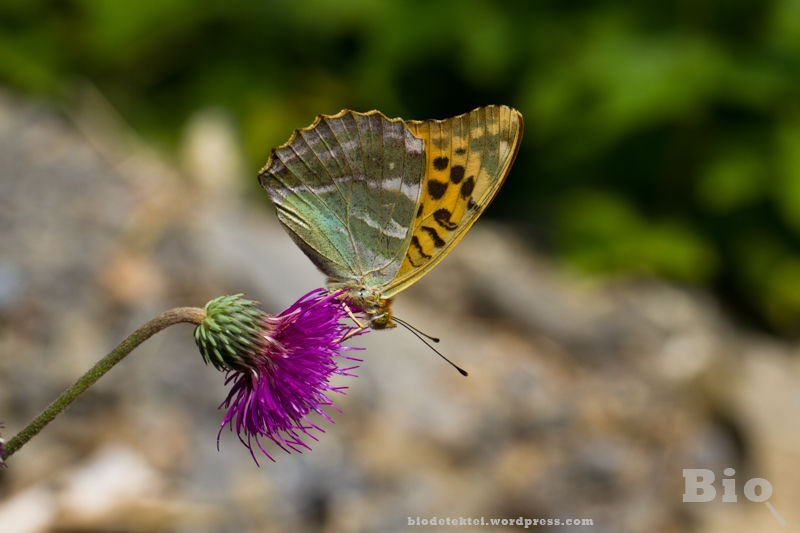
Kaisermantel (Argynnis paphia) Silver-Sashed Fritillary

Kommafalter (Hesperia comma) Silver-Spotted Skipper
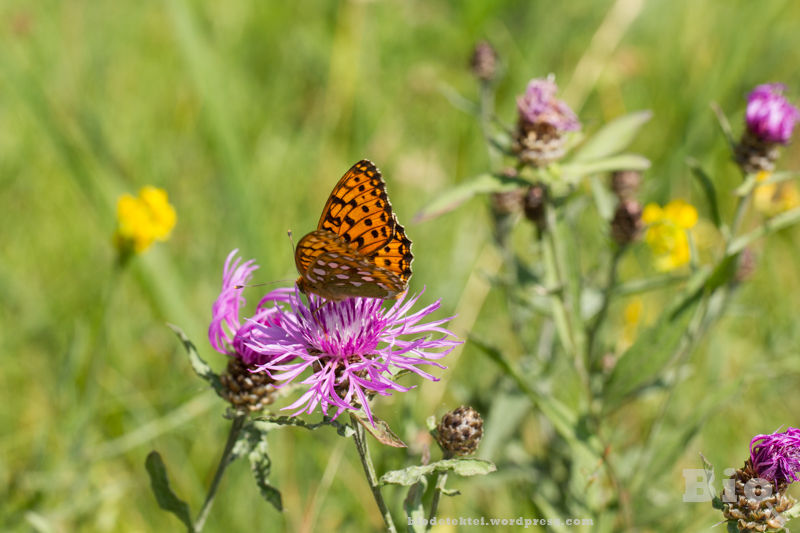
Grosser Perlmuttfalter (Argynnis aglaja) Dark Green Fritillary

Braunwurz-Blattwespe (Tenthredo scrophulariae) Figwort sawfly ?

Mauerfuchs (Lasiommata megera) Wall Brown
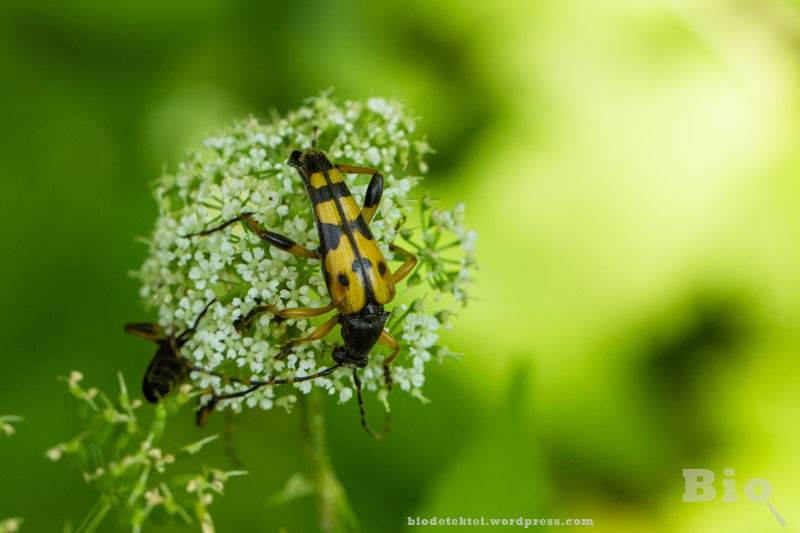
Gefleckter Schmalbock (Leptura maculata) Spotted Longhorn

Brauner Waldvogel (Aphantopus hyperantus) Ringlet

and finally (almost withered) / zum Schluss (schon fast verwelkt):
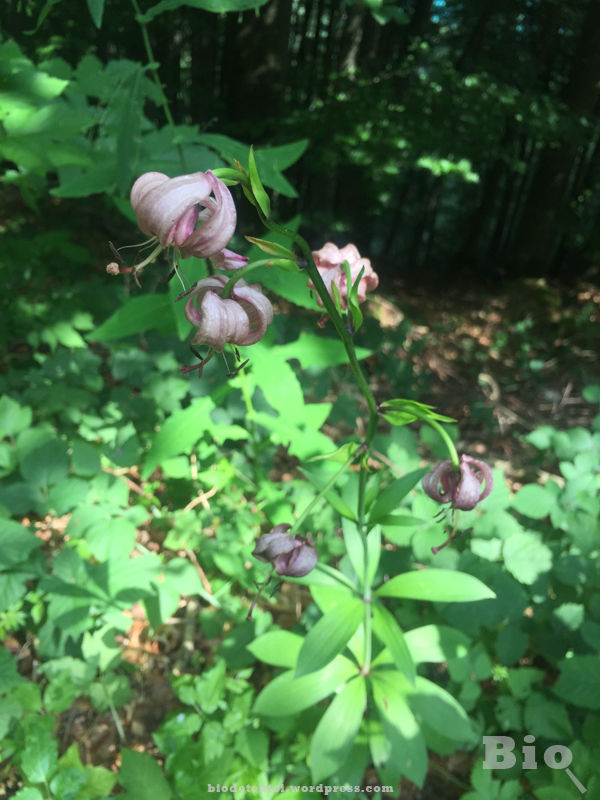
Türkenbund (Lilium martagon) Turk’s Cap Lily
Posted in flowers, insects, nature
Tags: Alpen, alps, Aussichten, Bockkäfer, butterfly, grasshüpfer, grasshopper, insect, insekten, Schmetterling, Schweiz, wasp
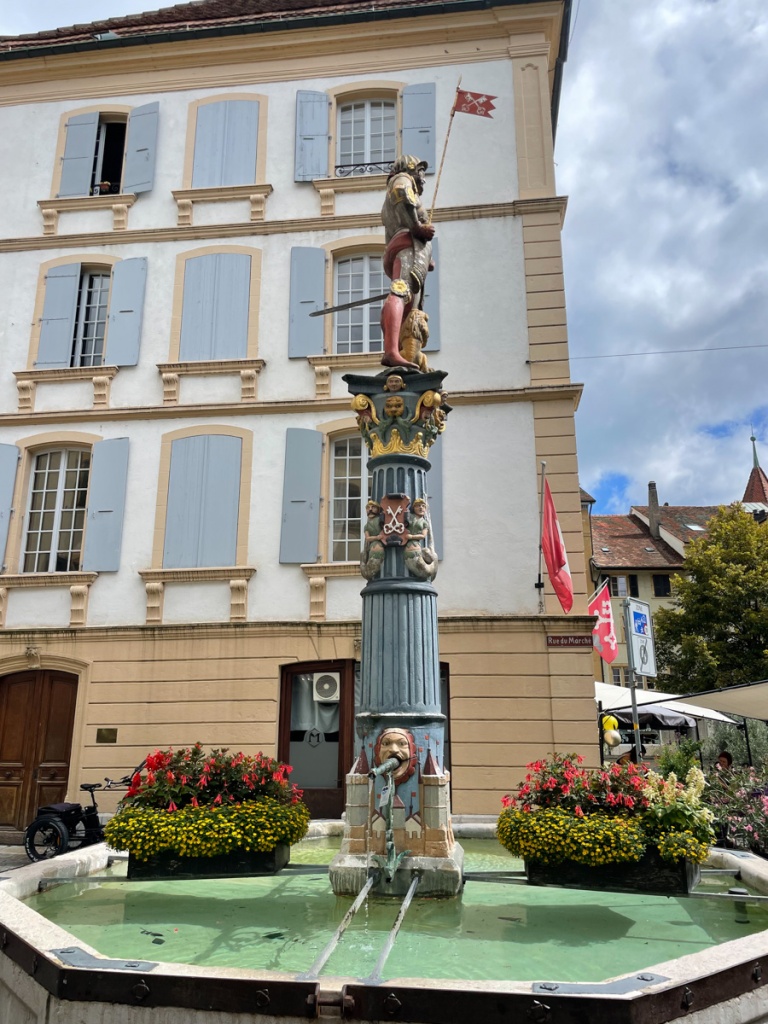


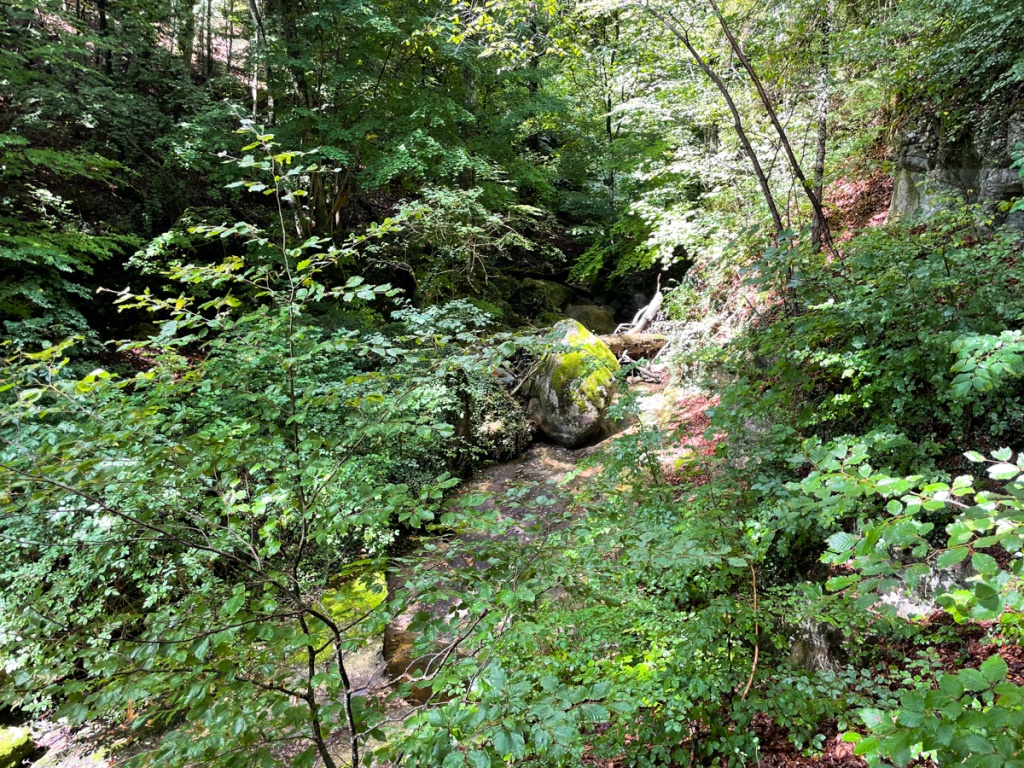

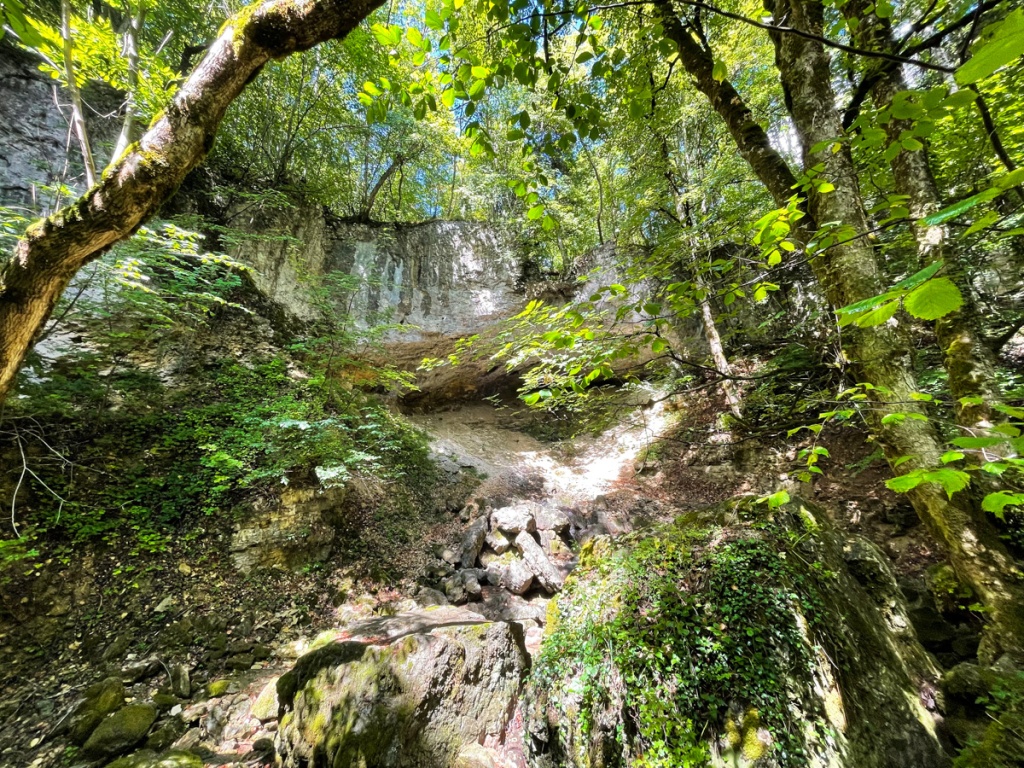
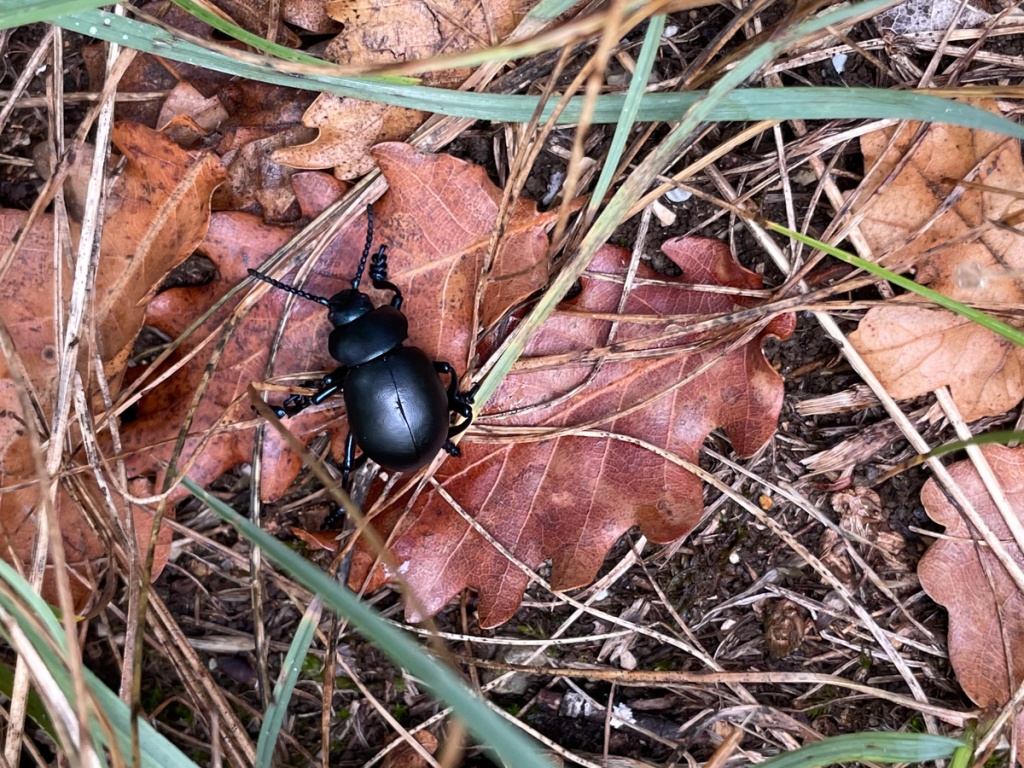


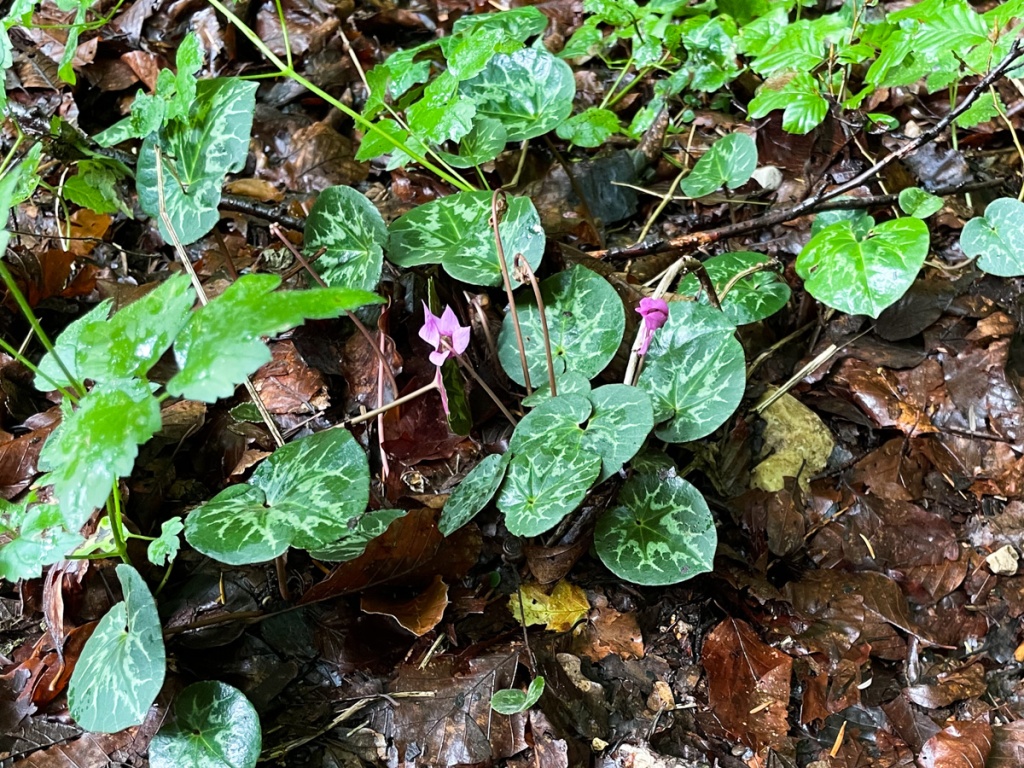







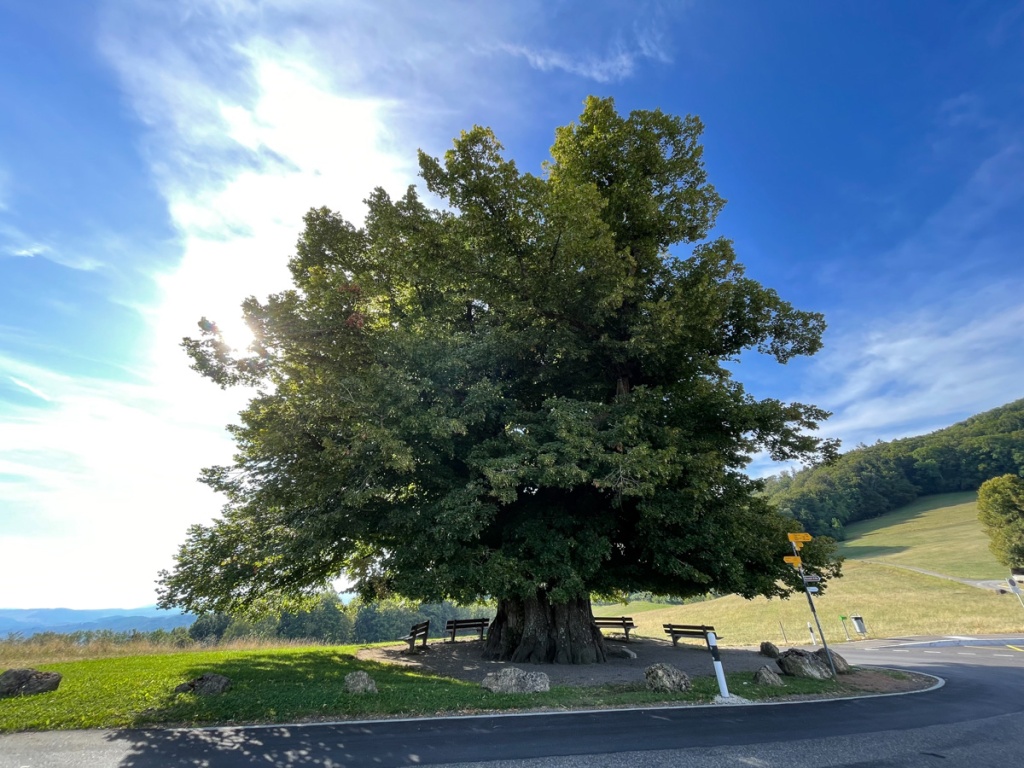
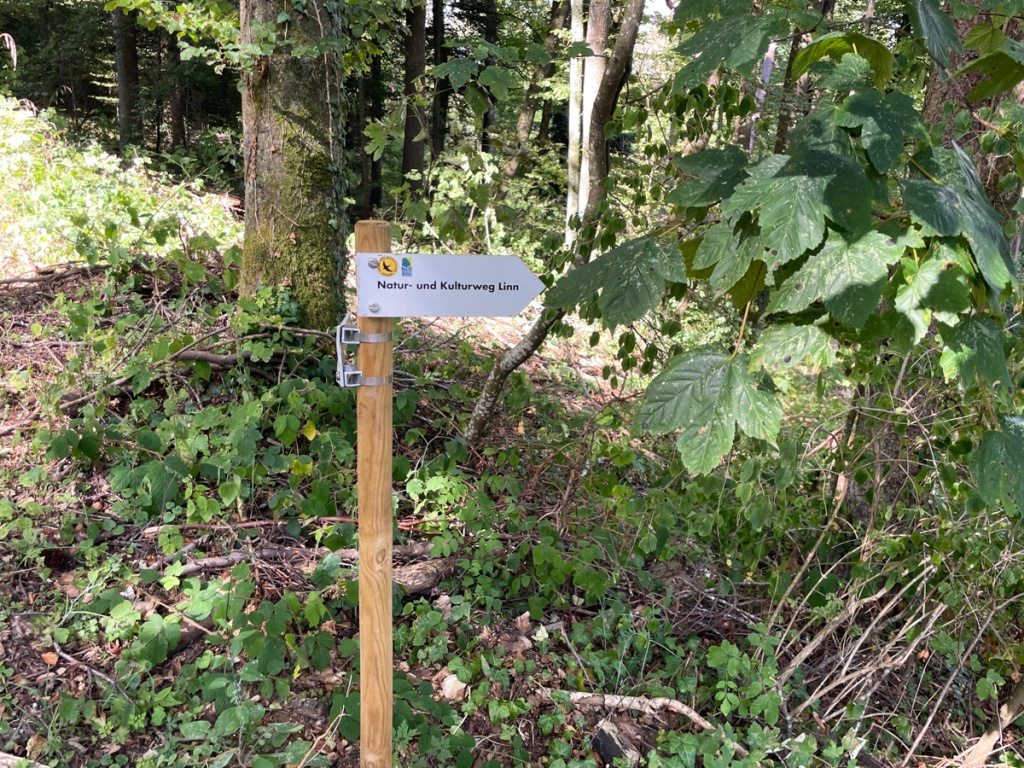








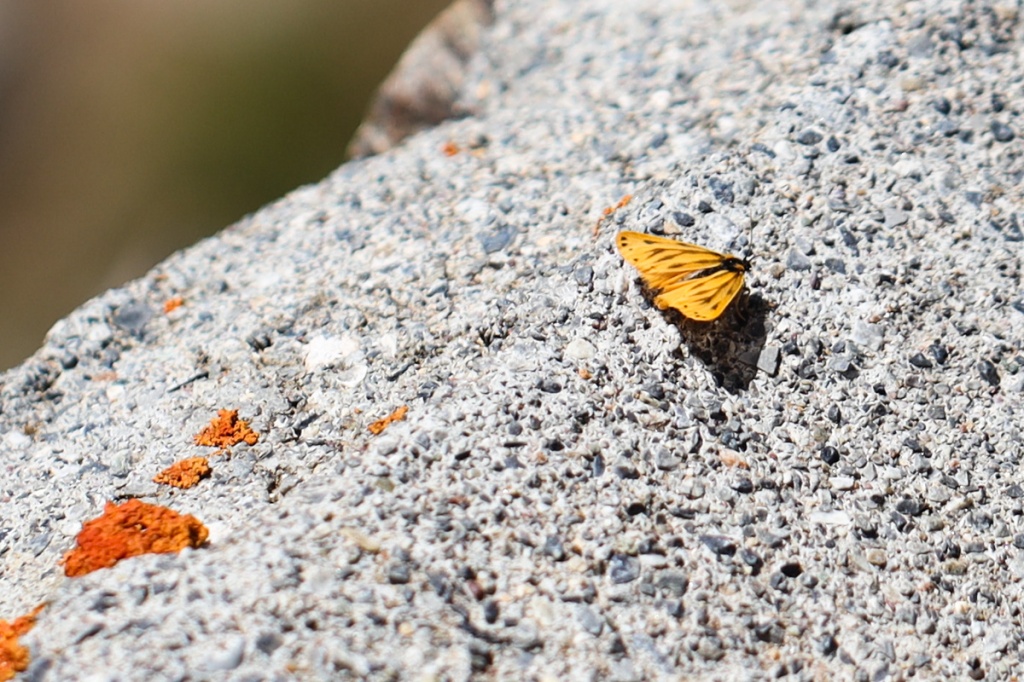

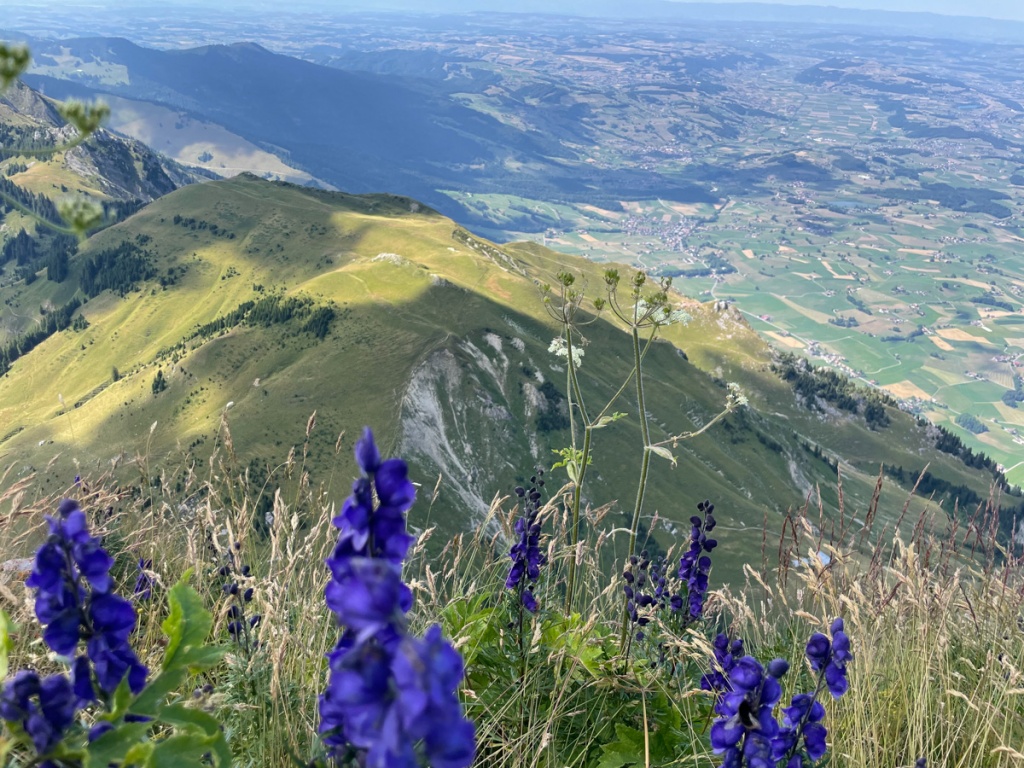
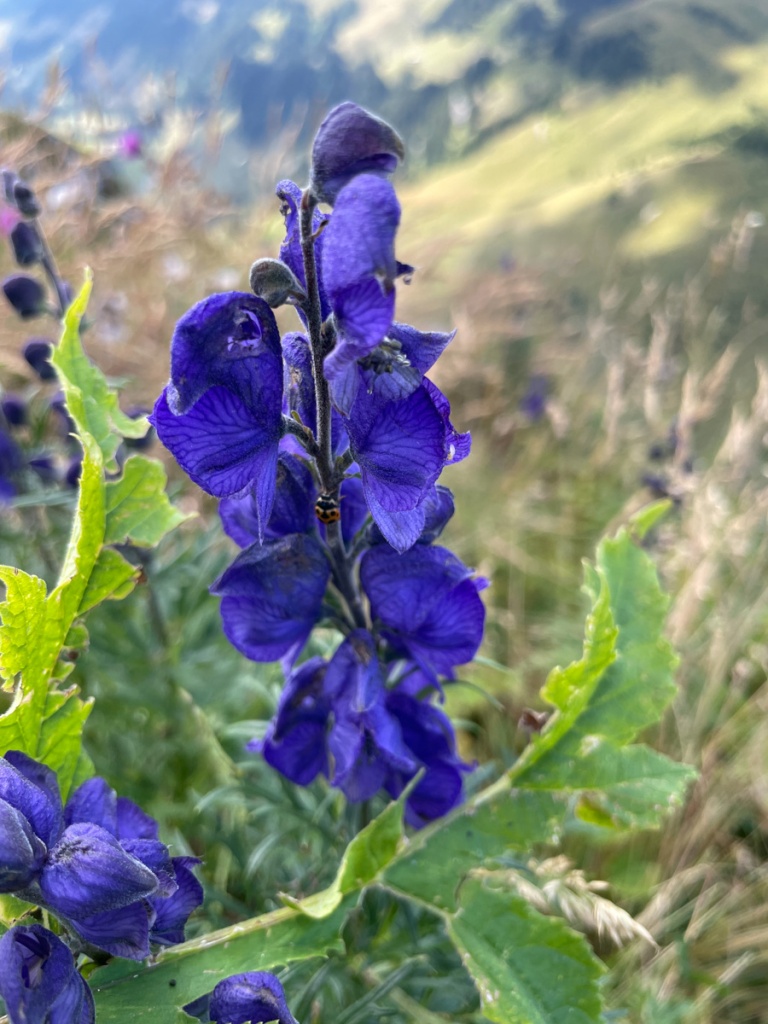
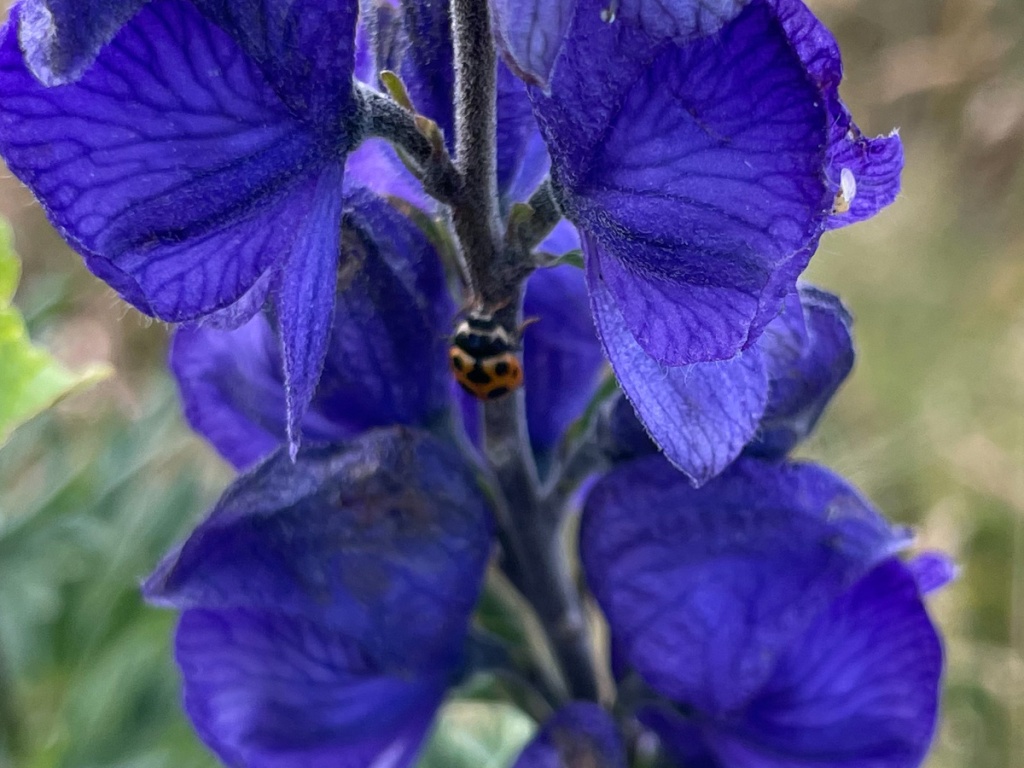



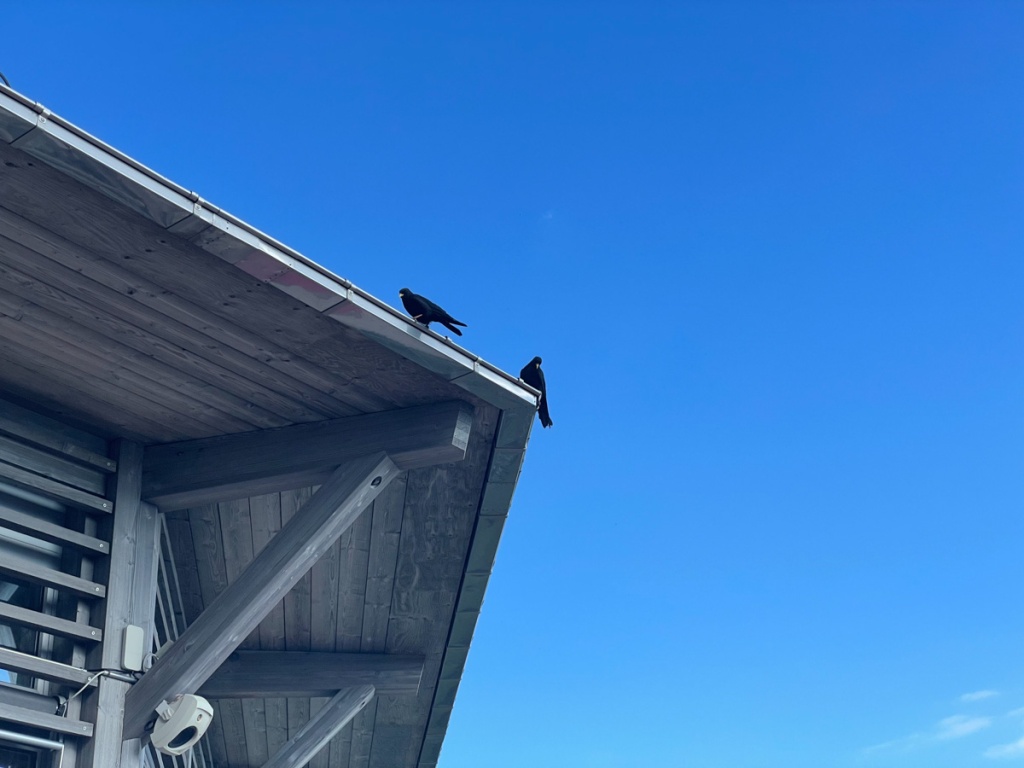









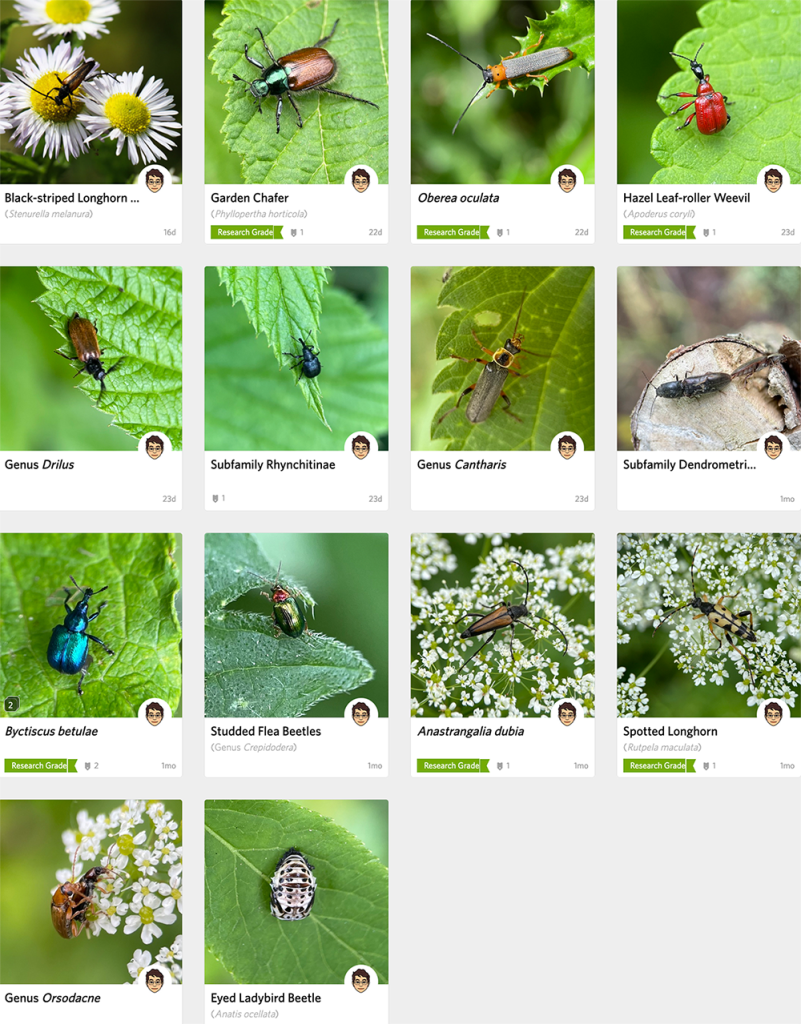
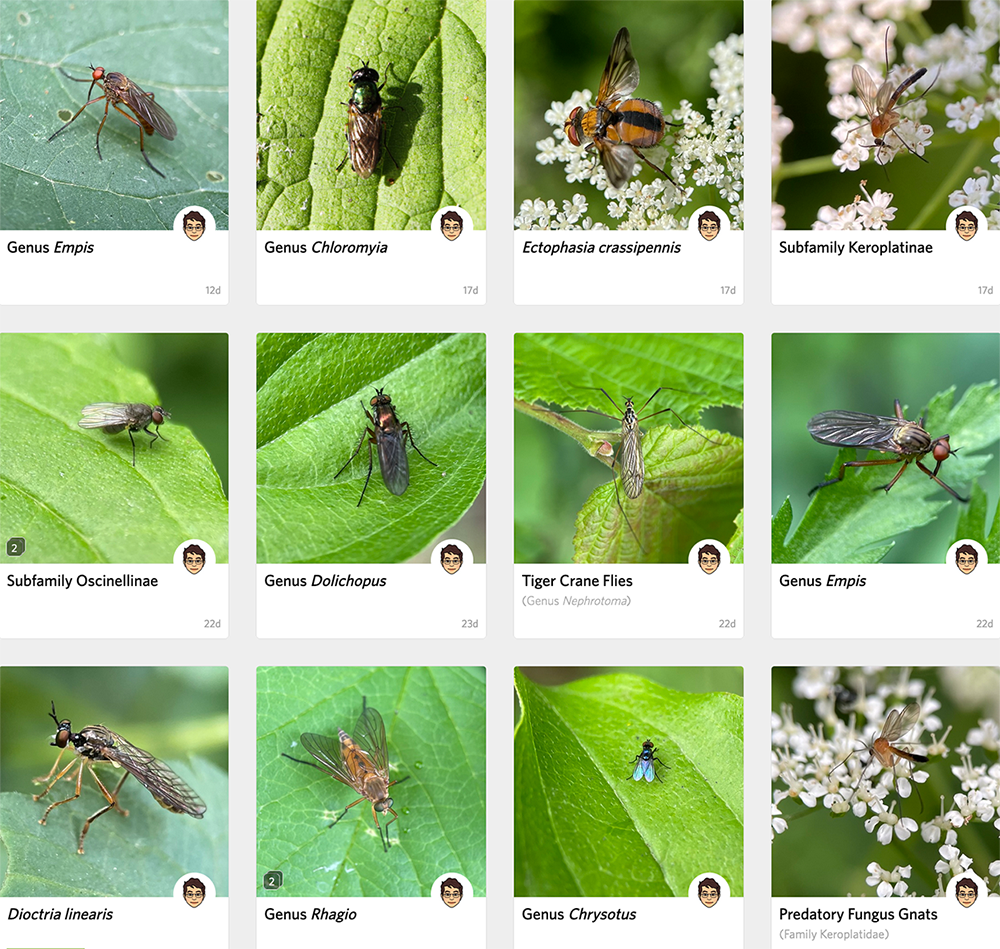




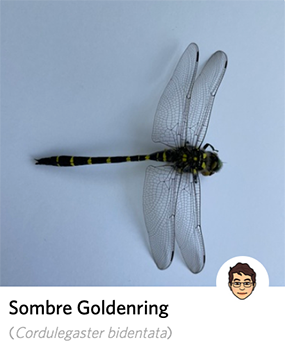
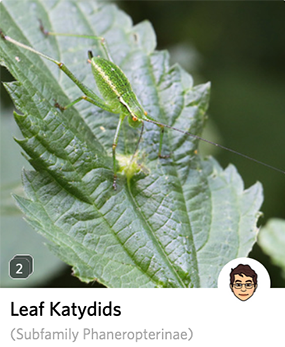



























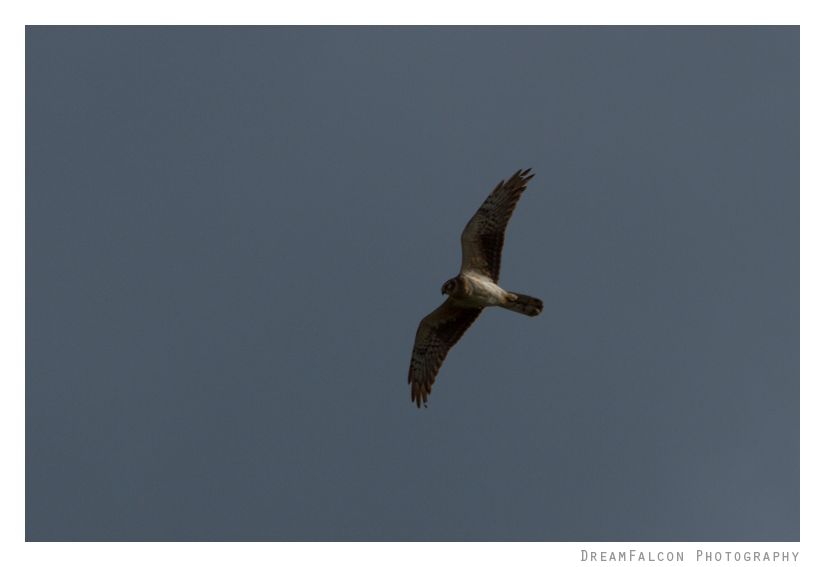
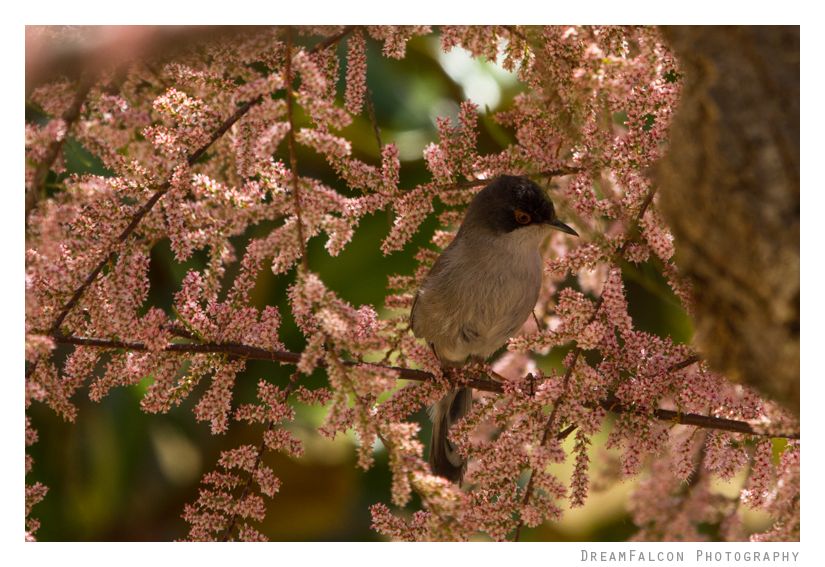






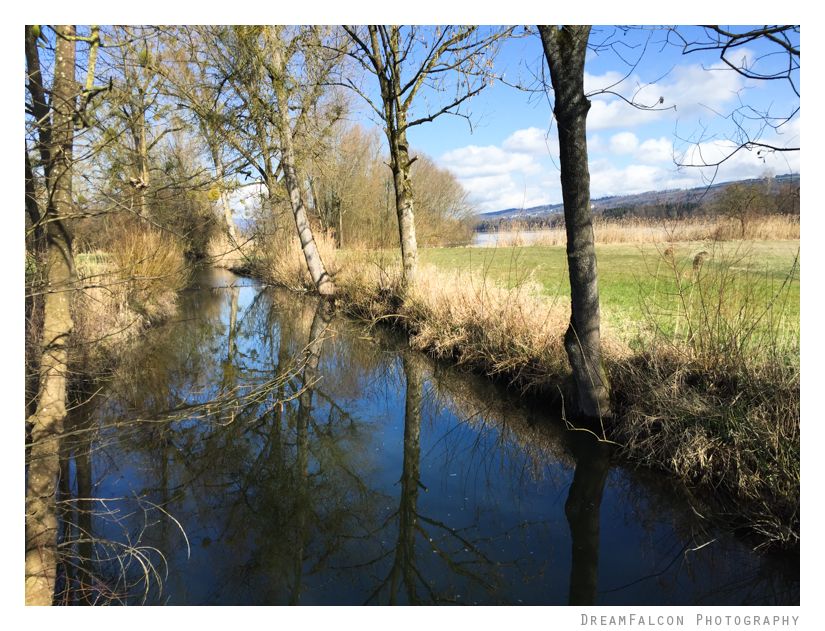 A view up the lake:
A view up the lake: Some frogs (Pelophylax kl. esculentus) also liked the warm spring sun:
Some frogs (Pelophylax kl. esculentus) also liked the warm spring sun: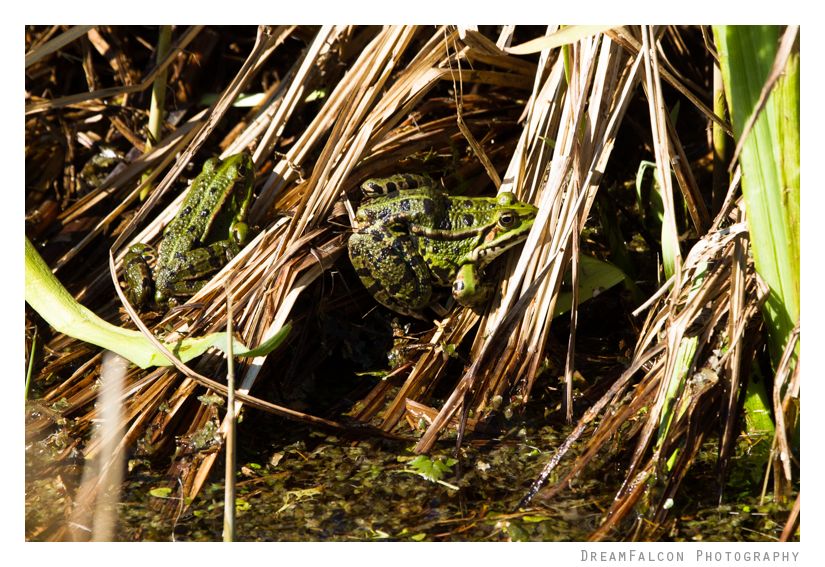
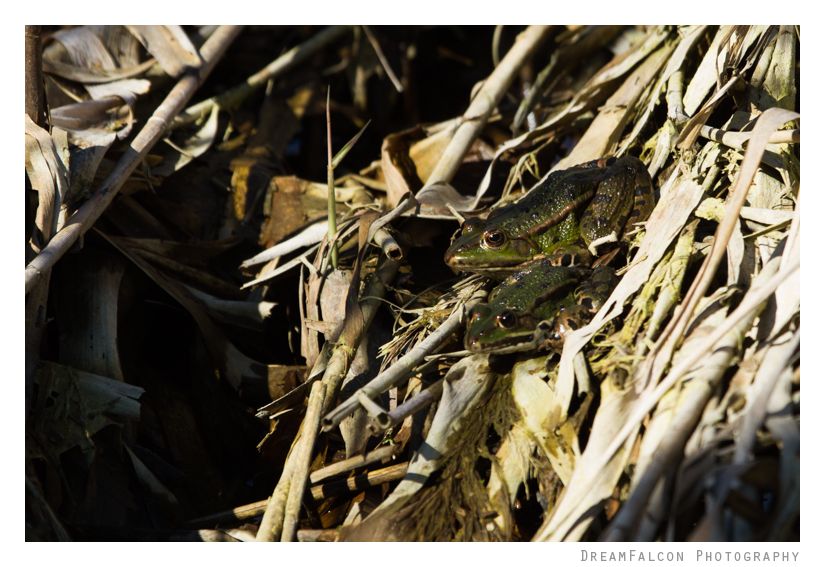 There is also an “open hide” where you can observe a small tidal pool. Unfortunately the light here would be better in the evening.
There is also an “open hide” where you can observe a small tidal pool. Unfortunately the light here would be better in the evening. A White Stork (Weissstorch – Ciconia ciconia) was looking for food and was chased away by two Greylag Geese (Graugans – Anser anser).
A White Stork (Weissstorch – Ciconia ciconia) was looking for food and was chased away by two Greylag Geese (Graugans – Anser anser).